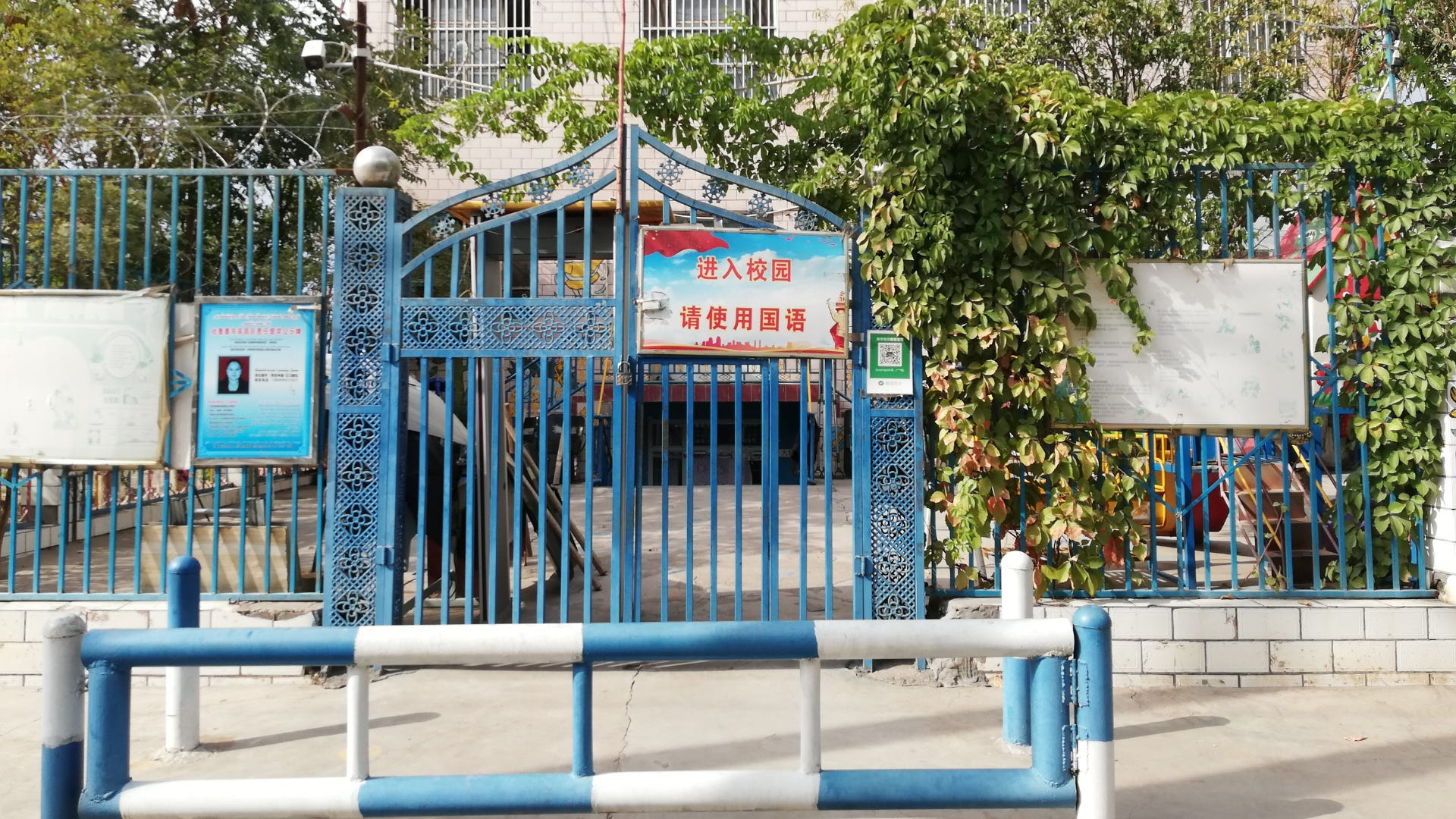Historical Echoes: Understanding the Repression of Minorities in China Through the Lens of Western Democracies
Examining Historical and Contemporary Policies of Minority Repression in China, the United States, and Canada
In recent years, the international spotlight has focused sharply on China’s treatment of Uyghur Muslims in the Xinjiang region. With reports of mass detentions, forced labour, and severe restrictions on religious practices, China's actions have been widely condemned by human rights organizations and governments globally. However, to fully understand the complexities of minority repression, it is essential to look at the historical contexts and policies of Western democracies like the United States and Canada. This analysis seeks to provide a deeper understanding of how nations have, at different times, found it justifiable to mistreat minority populations.

The repression of ethnic and religious minorities is a tragic and persistent issue in human history, affecting both historical and contemporary societies. While Western democracies like the United States and Canada have begun the long process of addressing and atoning for their past, China’s ongoing repression of Uyghur Muslims remains a grave concern.
Dark Past of Western Democracies
The discovery of nearly 1,000 Indigenous children's graves at U.S. boarding schools has reopened painful wounds and highlighted the brutal treatment of Native American communities. According to a recent report by Al Jazeera, these schools were part of a broader policy aimed at assimilating Indigenous populations through forced removal from their families and cultural eradication . This was not an isolated incident but part of a systemic effort to suppress Indigenous identities.
Similarly, Canada’s residential school system, which operated for over a century, forcibly removed Indigenous children from their families, aiming to strip them of their culture and language. The Guardian’s interactive map of Canada’s residential schools paints a harrowing picture of what has been termed cultural genocide . The Kamloops Indian Residential School, where the remains of 215 children were found, is just one example among many that reflect the tragic legacy of these institutions .
Contemporary Repression in China
China’s repression of Uyghur Muslims in Xinjiang is alarming and involves a combination of mass detentions, forced assimilation, and strict surveillance. The Council on Foreign Relations outlines these abuses, including reports of "re-education" camps and forced labour, which have drawn international condemnation . Moreover, the Chinese government's crackdown on mosques and religious practices extends beyond Xinjiang, signalling a broader agenda against Islamic traditions within its borders .
Drawing Parallels
It is crucial to recognize that drawing parallels between the historical repression by Western democracies and China’s contemporary actions is not a case of whataboutery. Instead, it offers a comprehensive understanding of how nations have rationalized the mistreatment of minorities. These historical perspectives can provide context but do not excuse or justify current atrocities.
Western democracies are now making efforts to confront their past and seek reconciliation with affected communities. In the U.S., there are ongoing efforts to acknowledge and address the historical injustices faced by Native Americans. Canada has taken steps towards reconciliation, including apologies from the government and the establishment of the Truth and Reconciliation Commission to address the abuses suffered by Indigenous populations.
These efforts, though far from complete, are essential steps toward healing and justice. They show a recognition of past wrongs and a commitment to making amends. However, the journey towards true reconciliation is long and requires sustained effort and sincere commitment from both governments and society.
Understanding Justifications for Minority Repression
To comprehend why nations justify minority repression, we must consider several factors. Historically, such policies were often driven by a desire for cultural homogenization and control. In the U.S. and Canada, the assimilation of Indigenous populations was seen as a means to integrate them into the dominant culture and economy. This was often justified under the guise of bringing "civilization" and "progress" to these communities.
In China, the repression of Uyghurs can be seen as part of a broader strategy to maintain control and stability in a region that the government views as susceptible to separatist sentiments. By enforcing strict measures, the Chinese government aims to integrate Uyghurs into the Han-majority culture, thereby reducing the perceived threat of dissent and ensuring the region's loyalty to Beijing.
Global Imperative for Human Rights
While understanding these justifications is crucial, it is equally important to emphasize that such actions are fundamentally violations of human rights. The international community must consistently advocate for the protection of minority rights and hold governments accountable for abuses.
The historical wrongs committed by Western democracies do not absolve China or any other nation from their responsibilities under international human rights laws. Instead, they serve as a reminder that the path to a just and inclusive society is fraught with challenges and requires vigilance, commitment, and a willingness to confront uncomfortable truths.




